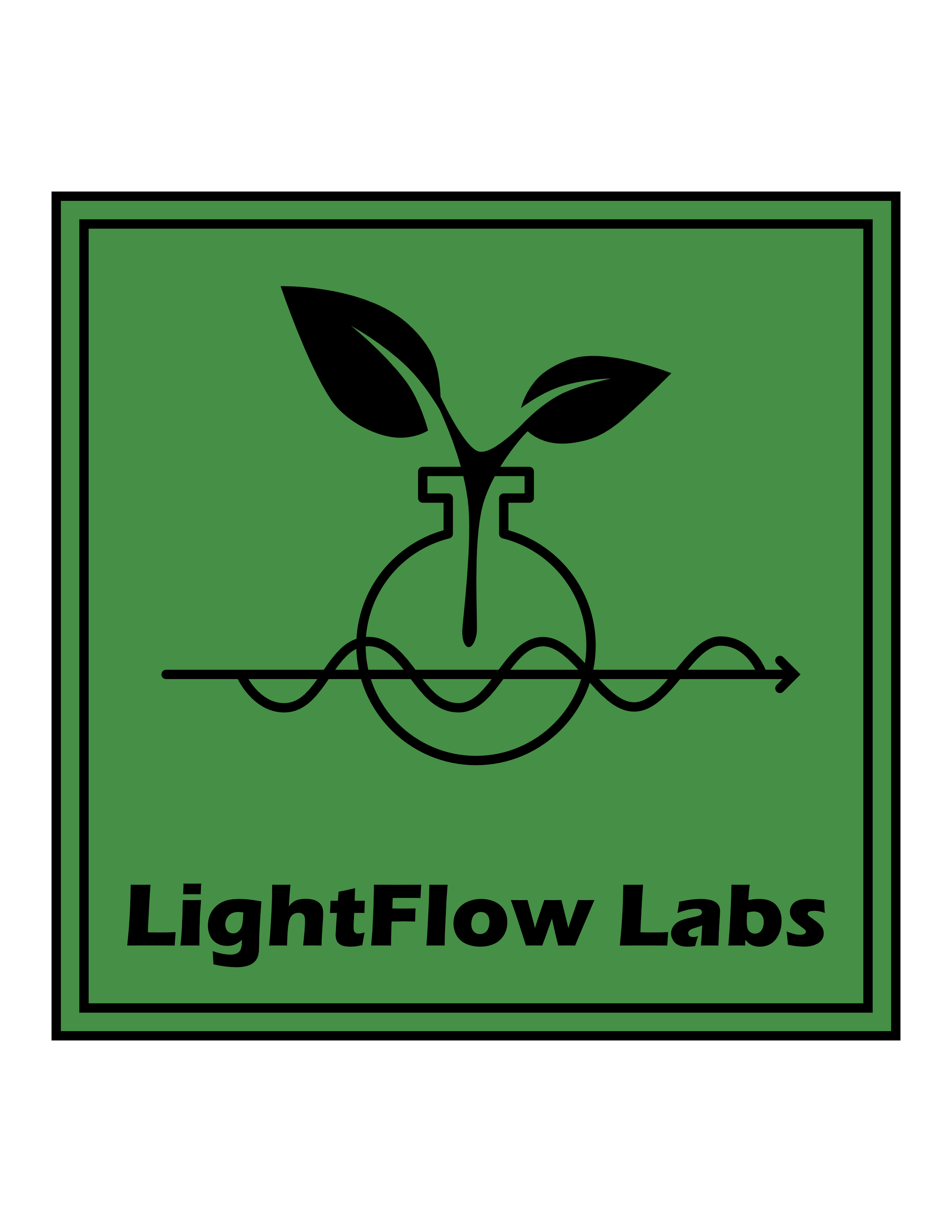UN Sustainability Goals
The United Nations Sustainable Development Goals (SDGs) provide a global framework for addressing environmental, economic, and social challenges, with several goals directly impacting green chemistry and chemical education. Goals such as SDG 12 (Responsible Consumption and Production) and SDG 13 (Climate Action) emphasize the need for sustainable chemical processes that minimize waste, reduce hazardous substances, and promote energy efficiency. In education, SDG 4 (Quality Education) supports integrating green chemistry principles into curricula, fostering innovation in eco-friendly materials, renewable energy, and pollution prevention. By aligning chemical research and education with these goals, scientists and educators can drive the transition toward a more sustainable and environmentally responsible future.

Why Photochemistry?
Why Flow?
Milder Reaction Conditions
•no need for harsh reagents
•lower energy input
Selective Activation
Access to Unusual Reaction Pathways
•Exctied-State Chemistry
•New Mechanistic Pathways
Sustainability and Green Chemistry
•Renewable Energy Sources
•Reduced Environmental Impact
Simplified Synthetic Routes
•One-step reactions
•simpler apparatus
Improved Safety
•better control of exothermic reactions
•smaller reaction volumes
•rapid shutdown
Higher Efficiency
•heat transfer
•faster reactions
Scalability
•easier scale-up
•consistent product quality
Reduced Waste
•minimal solvent use
•less by-product formation
Environmentally Friendly
•reduced energy consumption
•continuous processing
Cost-Effectiveness in the Long Run
